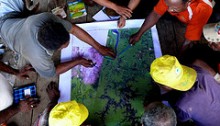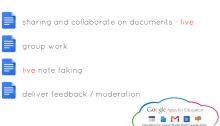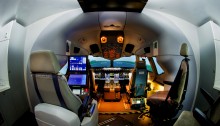Announcing a new resource for using Social Media in LTA
Social media is a constantly evolving field that presents challenges and opportunities for those in higher education. For the less confident it can feel overwhelming – as though there’s too much to know, and it’s hard to know where to start. The more experienced may struggle to fine examples of practice that can relate or easily…






